- Ola Electric
- Ola Digital Twin
- Nvidia
- Krutim AI
- Nvidia Omniverse
- Universal Scene Description
- Nvidia Issac Sim
- Ola FutureFactory
Ola Digital Twin Platform Launched, Integrating Krutim AI and Nvidia Tech
- By MT Bureau
- October 24, 2024
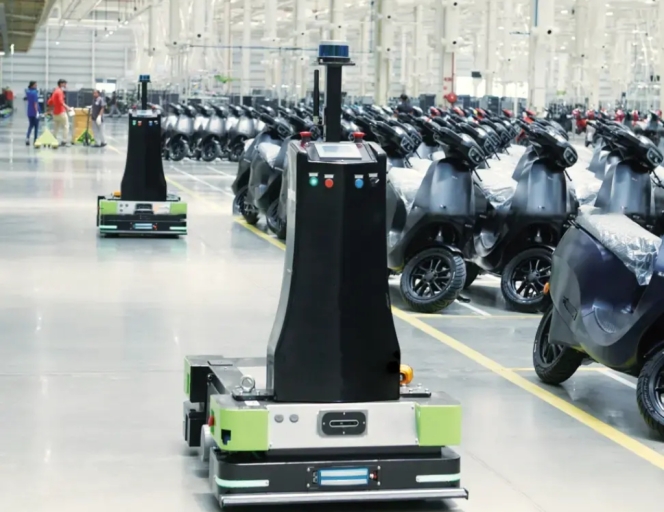
Ola Electric, one of India’s largest EV company, has launched the Ola Digital Twin platform, which it claims will transform manufacturing processes and product development lifecycle.
Developed on the Nvidia Omniverse, the Ola Digital Twin platform integrates Krutrim AI and Nvidia technologies along with other advanced simulation tools and IoT platforms to create comprehensive digital twin environments.
This the company says fast-track the planning of Ola Electric’s manufacturing facilities and optimise equipment layouts, product development lifecycles, and the building of computer vision-based quality-inspection systems.
The platform also leverages physically accurate simulations and generative AI for tasks ranging from kinematics simulations to generating synthetic image data for training autonomous mobile robots (AMRs) and robotic arms.
By integrating Nvidia Omniverse — a platform of application programming interfaces (APIs), software development kits and services that enable developers to harness Universal Scene Description (OpenUSD) for physical AI — as well as Nvidia Isaac Sim — a reference simulation platform built on Omniverse for designing and testing robots — Ola Electric claims it has achieved over 20 percent faster time to market from design to commissioning, for manufacturing operations at its Futurefactory.
Ola Electric has also leveraged Ola Digital Twin in its autonomous robotic weld lines at the Futurefactory, to simulate the welding processes and quality inspection systems. This enables virtual deployment and testing of changes before implementing them in the physical world.
Developers at Ola use Ola Digital Twin’s generative AI capabilities and Nvidia Omniverse APIs to generate synthetic assets, including lighting, environmental scenes, objects and defects, which help accelerate perception AI model training from months to weeks, while accounting for scenarios otherwise impossible to safely replicate in the real world. The platform also features thermal simulation capabilities for building next-generation Ola Krutrim data centers and liquid-cooling infrastructure.
In addition to this, Ola Consumer is using Nvidia Isaac Sim to train its robot pick-and-place applications for complex stock-keeping units in its automated dark stores. The robots are trained in virtual simulations to handle complex operations in a dynamic, automated environment autonomously.
Toyota Kirloskar Motor Opens Experiential Museum In Bengaluru
- By MT Bureau
- November 24, 2025
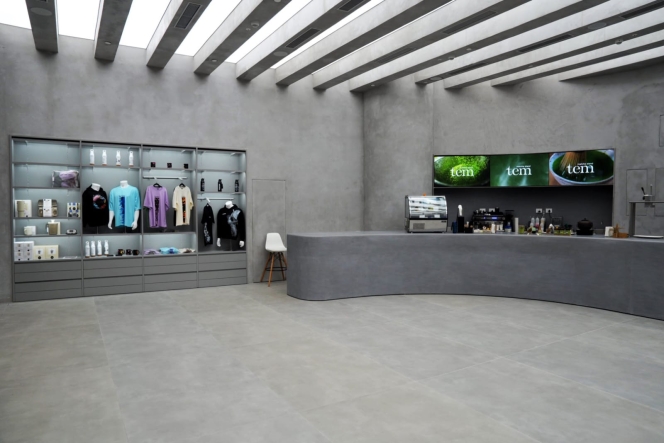
Toyota Kirloskar Motor (TKM) has unveiled the Toyota Experiential Museum (TEM) in Bengaluru, which it said is a new cultural and lifestyle hub for the company. The space combines Indian philosophy with Japanese culture and technology.
Located on the ground floor of the Phoenix Mall of Asia, TEM is spread across 8,200 sq ft and offers a five-senses experience, blending Japanese minimalism with Indian warmth through visuals, sounds, scents, textures and flavours.
Tadashi Asazuma, Deputy Managing Director, Toyota Kirloskar Motor, said, “At Toyota, our vision of creating ‘Happier Paths Together’ goes beyond mobility – it is about inspiring experiences that connect people, cultures, and emotions. With TEM, we hope to offer a truly unique experience that embodies this spirit.
In India, we found inspiration in the practice of Sadhana – the mindful pursuit of inner balance and fulfilment. TEM is where the Japanese culture and values of precision, serenity, and respect for nature beautifully align with the spirit of Sadhana, making TEM a meaningful blend of both. Designed to engage the senses and spark reflection, it brings together art, technology, and craftsmanship to inspire mindfulness, especially amongst the youth.”
The museum features minimalist interiors and distinct aesthetics designed to spark curiosity, inviting guests to explore at their own pace. The journey begins with a mirrored and rhythmic experience of the changing seasons common to Japan and India, unfolding through infinite projections of light, colour and motion. It then rises into a celebration of shared passion, featuring an audio-visual collaboration with DRUM TAO. A display includes a water curtain encircling a car draped in satin.
A design cafe offers a range of merchandise blending heritage with contemporary lifestyle, celebrating simplicity and craftsmanship.
The TEM cafe features a curated menu that blends the Japanese tradition of matcha with Indian flavours. Highlights include the India-inspired mango infusion.
- Maruti Suzuki India
- Maruti Suzuki Innovation Fund
- Ravity Software Solutions
- Sociograph Solutions
- Amlgo Labs
- Hisashi Takeuchi
- Vikas Rungta
Maruti Suzuki India Invests INR 20 Million In Ravity Software Solutions
- By MT Bureau
- November 21, 2025
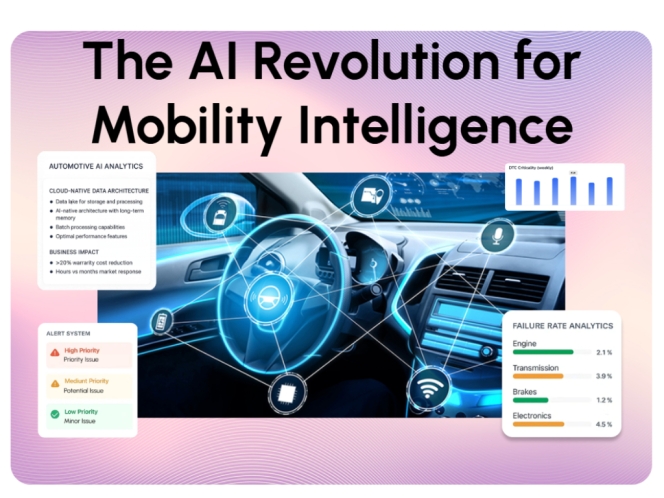
Maruti Suzuki India (Maruti Suzuki) has announced an investment of nearly INR 20 million to pick up 7.84 percent stake in Bengaluru-based mobility insights start-up Ravity Software Solutions. The start-up claimed to be a global platform for AI-driven connected mobility intelligence, which transforms vehicle data into business value.
This marks the automaker’s third such move through ‘Maruti Suzuki Innovation Fund’, which makes strategic investments in innovative and high-potential start-ups that can support Maruti Suzuki India’s operations.
The company made its first investment of INR 20 million in Sociograph Solutions in June 2022, followed by the same amount in Amlgo Labs in March 2024.
Hisashi Takeuchi, Managing Director & CEO, Maruti Suzuki India, said, “Aligning to our core value of keeping customer at the core of our business, we are focused on enhancing vehicle ownership experience. In the age of open innovation, we strive to co-create business solutions with specialized entities operating in the particular field. Startups are ideal partners as they bring agility, fresh thinking, and cutting-edge solutions, to support our goal of ensuring customer delight. Our investment in Ravity Software Solutions will enable us to elevate customer experience through data-driven insights. We have been associating with startups since 2019 under our Maruti Suzuki Innovation programs. Through this initiative, we are investing in a culture of innovation, building strategic partnerships, and unlocking new opportunities, in line with Government’s ‘Startup India’ initiative to promote entrepreneurship in the country.”
Vikas Rungta, Founder, Ravity Software Solutions, said, “It is an honour to be associated with an industry leader like Maruti Suzuki, whose name is synonymous with bringing personal mobility to millions in India as well as across the globe. An automobile major like Maruti Suzuki partnering with a startup speaks volumes about its forward-thinking mindset, humility, and openness to learn and collaborate to explore new ideas. With our excellence and expertise in AI, analytics and mobility, we are committed to upholding the trust Maruti Suzuki has placed in us. We believe that the high complementarity of our strengths: Maruti Suzuki’s scale of business and our agility and entrepreneurship, will further enhance customer experience and delight.”
LG Display Wins Two CES 2026 Innovation Awards For Automotive Display Technology
- By MT Bureau
- November 21, 2025
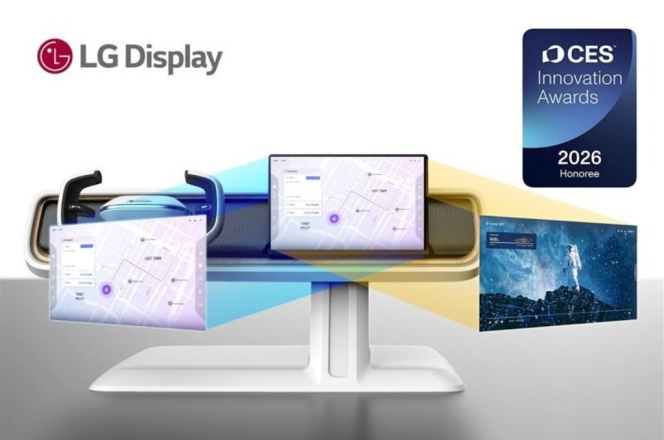
LG Display has secured two CES 2026 Innovation Awards from the Consumer Technology Association (CTA) for two automotive display innovations: Dual View OLED and Under Display Camera-infrared (UDC-IR) OLED.
Both products were honoured in the In-Vehicle Entertainment category for delivering space efficiency, superior picture quality and high standards of safety.
The Dual View OLED solution allows a single automotive display to show different content based on the viewing position. For example, the driver can view navigation while the front passenger streams content. Optimised pixel structure ensures the driver’s touch operation does not interfere with the passenger’s entertainment. The product utilises a Tandem OLED device structure for picture quality and operates reliably in environments ranging from -40deg C to 85deg C.
The UDC-IR OLED jointly developed with LG Innotek, is claimed to world’s first full-screen automotive display to conceal an in-screen driver-monitoring camera. LG Display developed advanced algorithms that make the camera hole invisible from the driver’s viewpoint. The camera integrates LG Innotek’s high-resolution IR camera and image-enhancement software to ensure accurate driver monitoring, which is becoming mandatory due to global safety regulations.
LG Display will showcase these solutions at a dedicated booth at CES 2026. The company has consistently won CES Innovation Awards, previously honoured for its Thin Actuator Sound Solution (CES 2023) and its 57-inch Pillar-to-Pillar LCD (CES 2024).
Elektrobit To Exhibit Software-Defined Vehicle Solutions At CES 2026
- By MT Bureau
- November 18, 2025
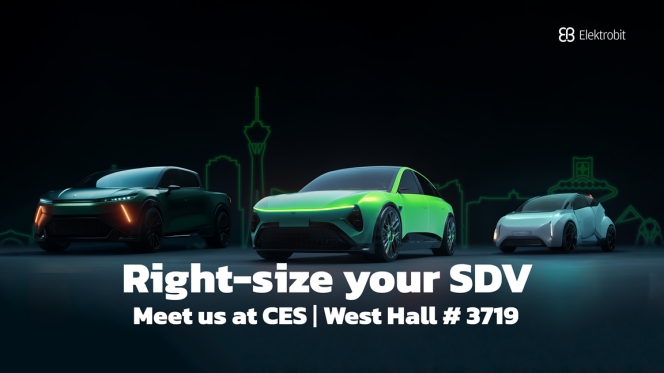
German technology company Elektrobit is set to showcase innovations focused on creating the ‘right-sized’ software-defined vehicle (SDV) at CES 2026 in Las Vegas. The company will address the industry challenge of balancing innovation, scalability and affordability as vehicle complexity and development costs rise.
The demonstrations, located at the Las Vegas Convention Center, West Hall, will provide insights into strategies for reducing SDV development complexity and accelerating the process of bringing next-generation vehicles to market.
Elektrobit will feature several technologies designed to streamline SDV creation and performance:
- Linux for Safety Systems: The EB corbos Linux for Safety Applications will be demonstrated with a safety-certifiable cockpit by Telechips. This exhibit shows how open-source innovation and functional safety can be combined for real-time performance in Advanced Driver-Assistance Systems (ADAS).
- Automated Integration: A platform highlighting API-based extensions across Continuous Integration/Continuous Delivery/Continuous Testing (CI/CD/CT) workflows. It uses intelligent tooling, including AI-assisted automation, to automate configuration, scripting and test case creation for faster, higher-quality software delivery.
- SDV Cockpit Solutions: Solutions range from virtual low-code design tools to a modular, safety-certified automotive Operating System (OS) and ready-to-integrate hardware platforms, all designed to accelerate the creation of vehicle experiences.
- Smart EV Platform: A modular software and hardware platform co-developed with Foxconn aims to bring SDVs to market faster and more cost-effectively. It delivers the core vehicle control units and software platform without supplier lock-in.
Maria Anhalt, CEO of Elektrobit, will participate in the CES 2026 conference program. She is scheduled to speak on the Smart Rides panel on 8 January 2026.
The panel, which includes participants from Magna International and TomTom, will cover how SDVs are transforming safety and personalisation, using data to protect drivers and deliver tailored driving experiences.
Key members of the Elektrobit executive team, including Chief Commercial Officer Christoph Herzig and Head of Strategic Business Development Dr. Siegfried Dirr, will also attend the event.



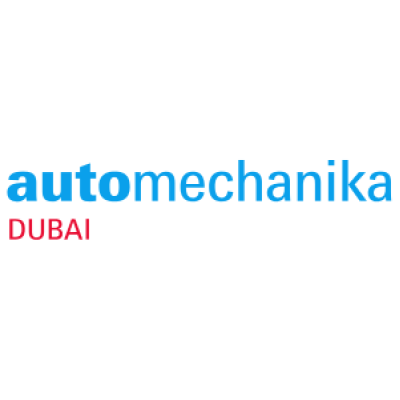


Comments (0)
ADD COMMENT